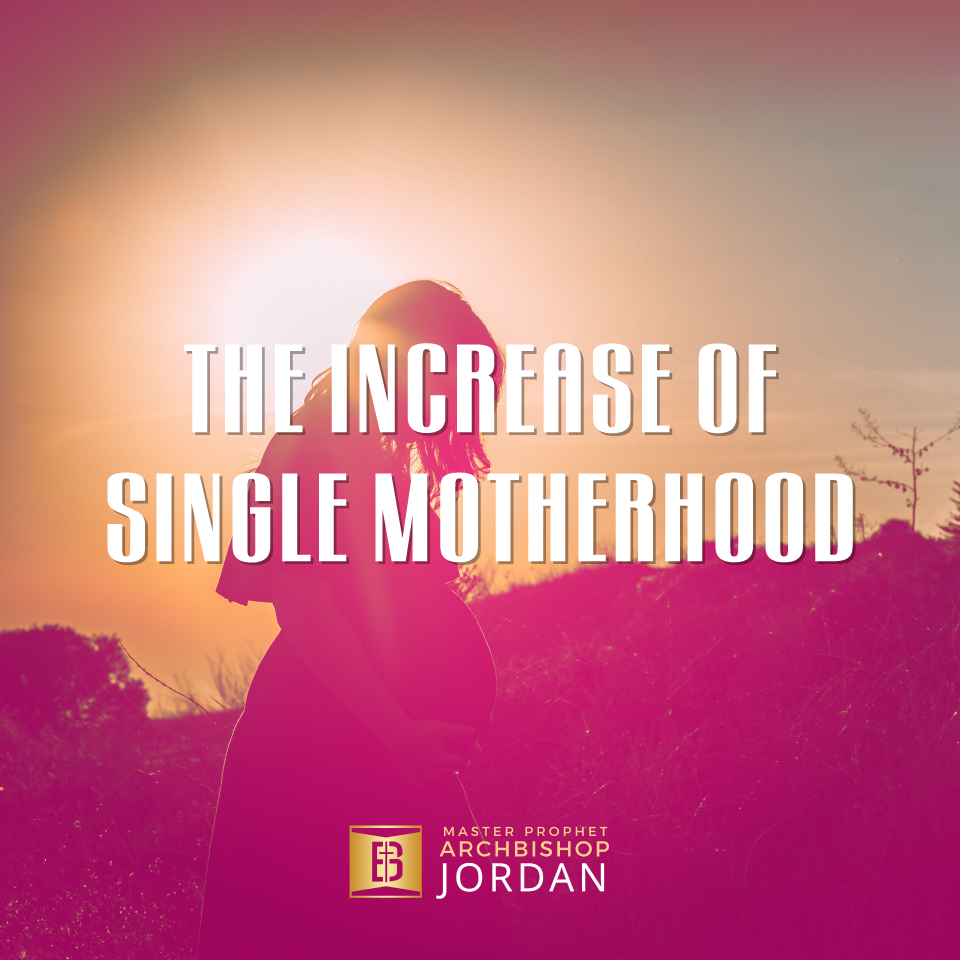So why has single motherhood in America increased over the years? Three factors seem to be primarily responsible.
Factors for an Increase in Solo Parenting
Economic Independence
The first is the growing economic independence of women. Women who can support themselves outside marriage can be picky about when and whom they marry. They can leave bad marriages, and they can afford to bear and raise children on their own. Thus, single mothers will be more common in a society where women are more economically independent, all else being equal.
American women have moved steadily toward economic independence throughout this century thanks to increased hourly wages, greater control over child-bearing, and technological advances that reduce the time required for housework. Since the turn of the century, each new generation of young women has entered the labor force in greater proportions. Women stayed at work longer. By 1970, over half of all women from the US were employed or looking for work; by 1990, nearly three quarters were doing so.98 The rise in welfare benefits during the 1950s and 1960s may have made poor women less dependent on men by providing them with an alternative source of economic support. However, welfare was only a small part of a much larger change that enabled all women. Rich and poor alike, women can live without a husband.
The shift in Gender Power
A second factor in the growth of single motherhood is the decline in men’s earning power relative to that of women. After World War II and through the early 1970s, both men and women benefitted from a strong economy. While women were becoming more self-sufficient during the 1950s and 1960s, men’s wages and employment opportunities were increasing. Consequently, while more women could afford to live alone, the economic payoff from marriage continued to rise. After 1970, however, the gender gap in earnings (women’s earnings divided by men’s earnings) began to narrow. In 1970, female workers earned 59 percent as much as male workers; by 1980, they earned 65 percent as much, and by 1990, 74 percent.
Cultural Shifts for Pregnancies Outside of Marriage
The third factor in the growth of single motherhood was a shift in social norms and values during the 1960s that reduced the stigma associated with divorce and nonmarital childbearing. In the 1950s, if a young unmarried woman found herself pregnant, the father was expected to step forward. Society traditionally expected the couple to marry. By the late 1980s, the revolution in sexual mores permitted young men and women to have intimate relationships. They would live together outside the bounds of legal marriage.
Attitudes toward individual freedom also changed during the 1960s. The new individualism encouraged people to put personal fulfillment above family responsibility. They would expect more from their intimate relationships and marriages. Spouses would leave “bad” marriages if the other person did not fulfill their expectations. In the early 1960s, over half of all women surveyed agreed that “when there are children in the family, parents should stay together even if they don’t get along.”
By the 1980s, only 20 percent held this view. Sex and childrearing were “liberated” from marriage. More women could support themselves. This shift eradicated two of the most important incentives for marriage. When the economic gains from marriage declined in the 1970s, it’s not surprising that declines in marriage rates soon followed.
Distrust in Marriage
Social norm changes continue to influence the formation of families. The new generations of young adults are less trusting of the institution of marriage. Many young people have trouble finding and keeping a mate. These people were born during the 1960s when divorce rates rose. Many grew up in single-parent families or stepfamilies. Given their own family history, these young people may find it easier to leave a bad relationship and raise the child alone than to make and keep a long-term commitment.
Compared to the conservative argument that welfare causes single parenthood, these changes provide a more comprehensive and compelling explanation. They explain why single motherhood is more common in the United States than in other industrialized countries. American women can support themselves more than women in other countries.
The Need for Grace for the Single Mom
Humility, courage, and trust in God can sustain single moms. In the face of condemnation, single moms must turn to God. This is, of course, especially true of women who have borne children out of wedlock for whatever reason (even in cases of outright rape) and of Christians who are divorced or separated (even if they have never been remarried or entertained the possibility of remarrying). But strangely enough, it is also often true in widows and single persons who have adopted children. The children themselves often feel that the parent with whom they live is responsible for the loss or absence of the other parent and must be made to pay for it. Others often convey the attitude that there is something wrong with the situation and that the single parent is responsible or guilty and, in any case, to be avoided tactfully.
In all this, there is the greatest need for spiritual discernment on the part of the single parent. There are important decisions to make despite the helplessness of the colossal fatigue and sense of unreality of everything and the distorting factor of the pervasive sense of guilt. Not to decide is to decide irresponsibly. Moreover, it is necessary to distinguish between the false sense of guilt that pervades everything and genuine sinfulness. Such discernment becomes very difficult because of the brainwashing effect of excessive demands and exhaustion, and isolation in personal decision-making and private life. Good spiritual direction is a greater need for single parents who want to lead a truly Christian life than most others who have better opportunities for sharing and comparing.

